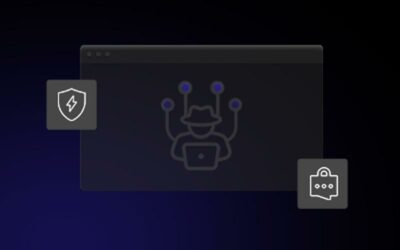Hackers use ransomware attacks to force you to pay the attackers to release your data. This type of attack uses malware to encrypt your files, holding them hostage. Network systems can also be affected by a ransomware attack and rendered useless until the needed files for functionality are released. This cyberthreat has become more common in recent years. It is essential to protect your computer from a possible attack.
EMPLOY MULTI-FACTOR AUTHENTICATION
Multi-factor authentication should be used for access to all essential programs. This type of access requires the use of a password in addition to a token, code, or biometric feature. By using more than one element as a login requirement, you verify the user’s identity. Multi-factor authentication is much more difficult to hack or breach than using passwords by themselves.
UPDATE ANTI-MALWARE PROGRAMS
It would help if you were sure to have anti-malware and antivirus programs on your computer to identify and block potential attacks. These programs need to be updated with the most recent versions loaded. The recognition of what is ransomware by a protection program may be limited if the software is old or has not been updated. Cybercriminals are constantly updating their codes and methods to exploit vulnerabilities. Programmers of anti-malware keep track of developments and provide updates to close perceived gaps in security.
HAVE A PLAN
As part of protecting against a potential ransomware attack, you should have a plan in place to deal with the threat and the consequences if an attack succeeds. The plan should recognize all possible vulnerabilities within your systems and identify best practices to minimize these weaknesses. Your procedures should also include instructions on steps to take if an attempted attack is suspected. There should be a chain of command of who to notify and the actions each informed person is to take.
BACKUP DATA
As part of your procedures in dealing with ransomware, you should regularly back up your data. Your backup information should be stored in a secure location separate from your main computer or systems. You should test the operation regularly to ensure that all required data is being copied at the frequency necessary. If you have a complete backup, you may be able to avoid paying any bounty to release ransomed information.
TRAIN USERS
Protection of your computer and network systems is only as good as the persons who use them. Hackers exploit users to get malware downloads on their computers. You need to train all computer users in proper access procedures. Education should include a recognition of possible threats and tactics used by cybercriminals to gain access. Users should also be aware of best practices and procedures to follow in the event of an attack.
TEST THE SYSTEMS
It would help regularly run tests of your computers and systems to see what vulnerabilities are present. Tests should include attempts to get past firewalls or anti-malware programs from the outside and targeted attempts to get users to download programs. Regular testing will show you where improvements are needed to strengthen your security.
LIMIT ACCESS TO PROGRAMS
As users are a primary vulnerability exploited by cybercriminals, you want to ensure that any user only has access to the files needed to do their job. The fewer people who have access privileges for critical infrastructure, the better. Security requirements can be increased for accessing essential data or programs. You should also review user accounts regularly to see who is using what system.
In recent years, criminals using ransomware attacks have extracted large sums of money from individuals and businesses. Make sure you protect your computer from a potential attack.



